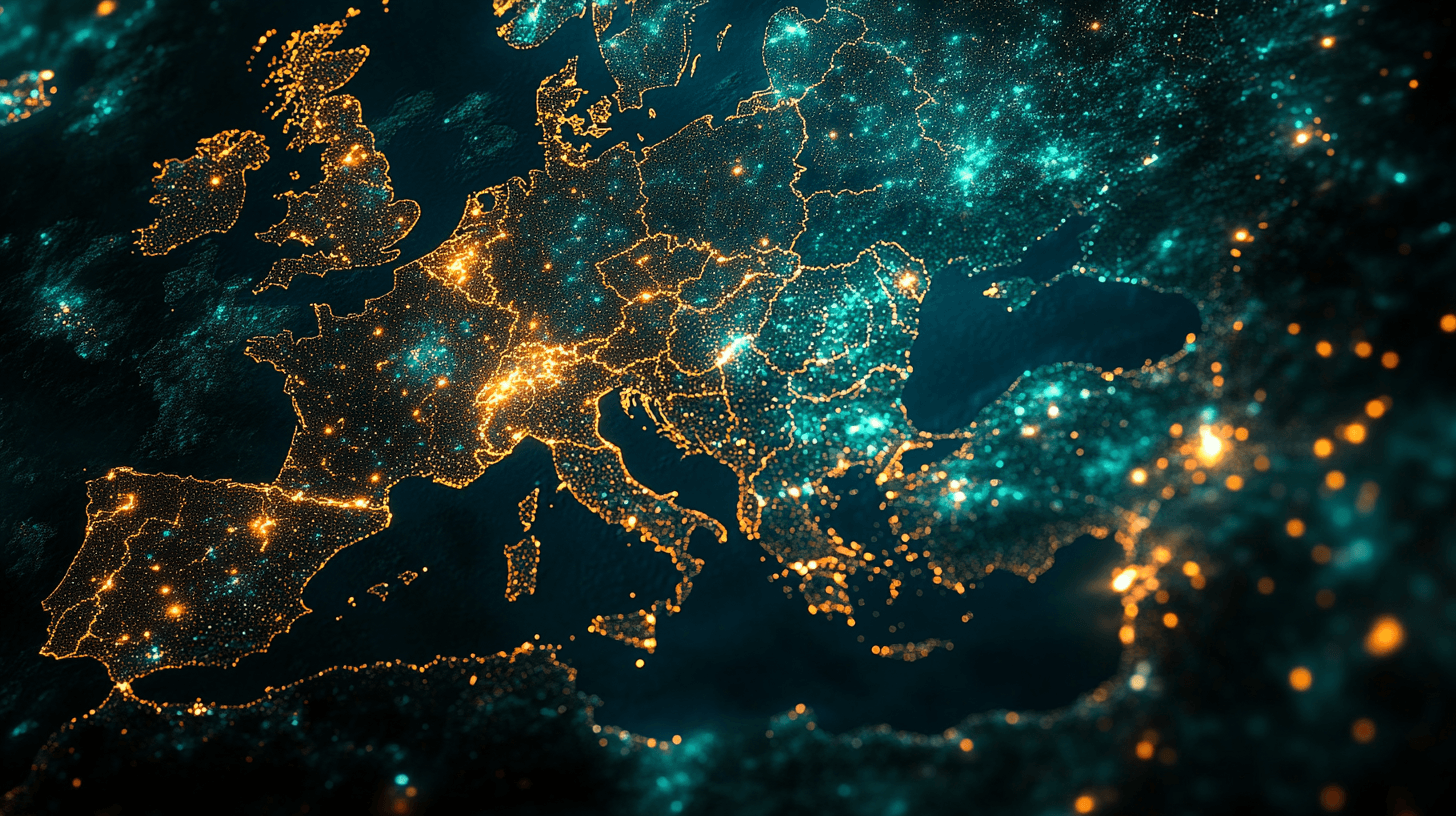AI usage soars in European companies
AI usage is soaring in European businesses, which increasingly use AI-driven technologies to optimize their workflows.
Published on February 6, 2025
.png&w=2048&q=75)
Mauro swapped Sardinia for Eindhoven and has been an IO+ editor for 3 years. As a GREEN+ expert, he covers the energy transition with data-driven stories.
First ChatGPT, and now DeepSeek: AI usage is booming and redefining our world, including how we work. In fact, AI can bring many advantages in making processes more efficient and offers many technology options—such as text generation, speech recognition, or computer vision–from which companies can draw.
According to a recent report by the EU statistics portal Eurostat, in 2024, 13.5% of companies with ten or more employees used AI. This marks a 5% growth compared to the previous year, manifesting the consistent uptake of AI, with businesses integrating it into their work practices to enhance their performances.
All EU countries saw an increase in companies’ AI usage in the last year. Notably, Denmark, Sweden, and Belgium have the highest share of companies and the most significant growth in usage.

Behind the Figures
In Behind the Figures, we take a deep dive into numbers. Using charts and graphs, we break down figures and provide context to help you make more sense of them.
Companies AI usage
European companies employed different kinds of AI technologies, but no predominant one. Text mining is the most used technology for analyzing written text, employed by nearly 7% of businesses. Natural language generation, either in text or spoken form, was the second most used one. Speech recognition–converting spoken language into text–follows suit. In addition, European enterprises utilized AI to conduct data analysis and automate workflows to assist decision-making and process images.
What companies are using AI the most?
Large companies are using AI more than medium and small ones. Over 41% of large firms—having more than 250 workers—utilized AI. Notably, the share of these businesses adopting AI grew by over 10% in the past year. By contrast, adoption is lagging in smaller companies.
Eurostat report also allows one to compare the technologies that firms of different sizes utilize the most. Text analysis remains the most popular technology for large, medium, and small enterprises. Machine learning for data analysis was the second most employed technology in large firms, while text or speech generation was the second most employed technology in small and medium ones.
According to Eurostat, this discrepancy may have three explanations: the complexity of implementing AI technologies in a company, economies of scale—larger businesses can benefit more by adopting AI—and costs, with bigger firms having more money to allocate to AI.
What sectors are using AI the most?
Eurostat data shows that AI technologies are used more in some economic sectors than others. The communication and information sector tops the ranking, with 48.72% of firms using AI technologies. Over 30% of businesses in the professional, scientific, and technical service activities sector utilize AI. In the other economic sectors, the share is below 16%, varying across different industries.
What purpose are EU companies using AI for?
Knowing what AI technologies are being used the most and what sectors are embracing AI more rapidly, you might wonder what businesses are using AI for. Of all the companies using AI, over 34% used AI for marketing and sales purposes—more than 27% use AI to enable workflow and administrative procedures. Yet, differences arise when comparing the usage of AI by small, medium, and large companies.
What comes next?
After officially entering into force last August, EU businesses had six months to familiarize themselves with the first set of rules of the EU AI Act, which entered into force on February 2. The regulation set a framework for AI applications based on a multi-level risk approach to protect citizens from the risks derived from the technology.
As part of the law, AI systems used for biometric categorization, subliminal manipulation techniques, and emotion recognition have a high risk level and are thus banned altogether. On August 2, rules about general-purpose AI systems, including ChatGPT, will come into effect, too.
At the same time, the potential for AI in Europe remains vast. A McKinsey forecast says generative AI could boost Europe’s labor productivity by 3% annually through 2030. The latest newcomer, Deepseek,is redefining AI with its lower-cost technology. It offers new possibilities to European companies and increases AI usage.
